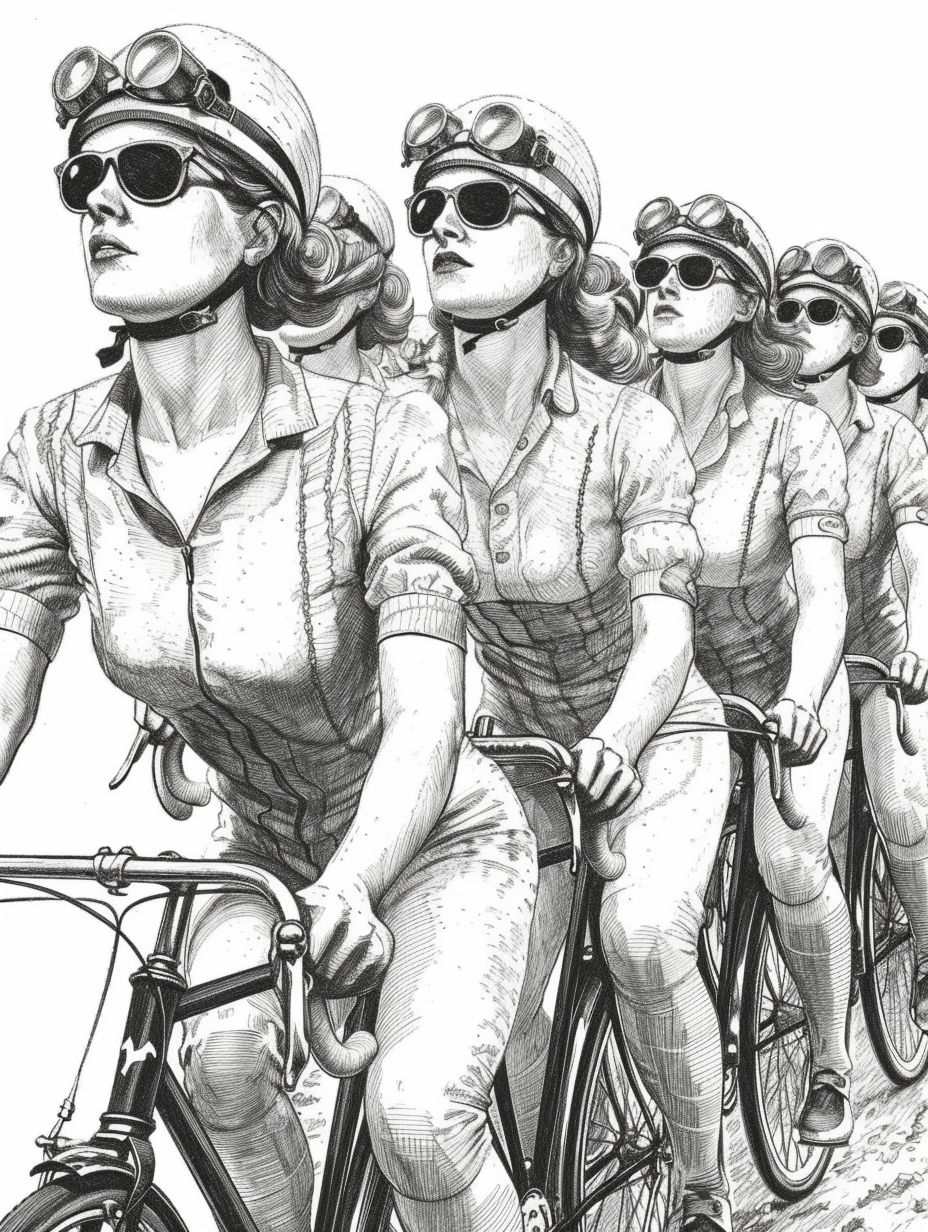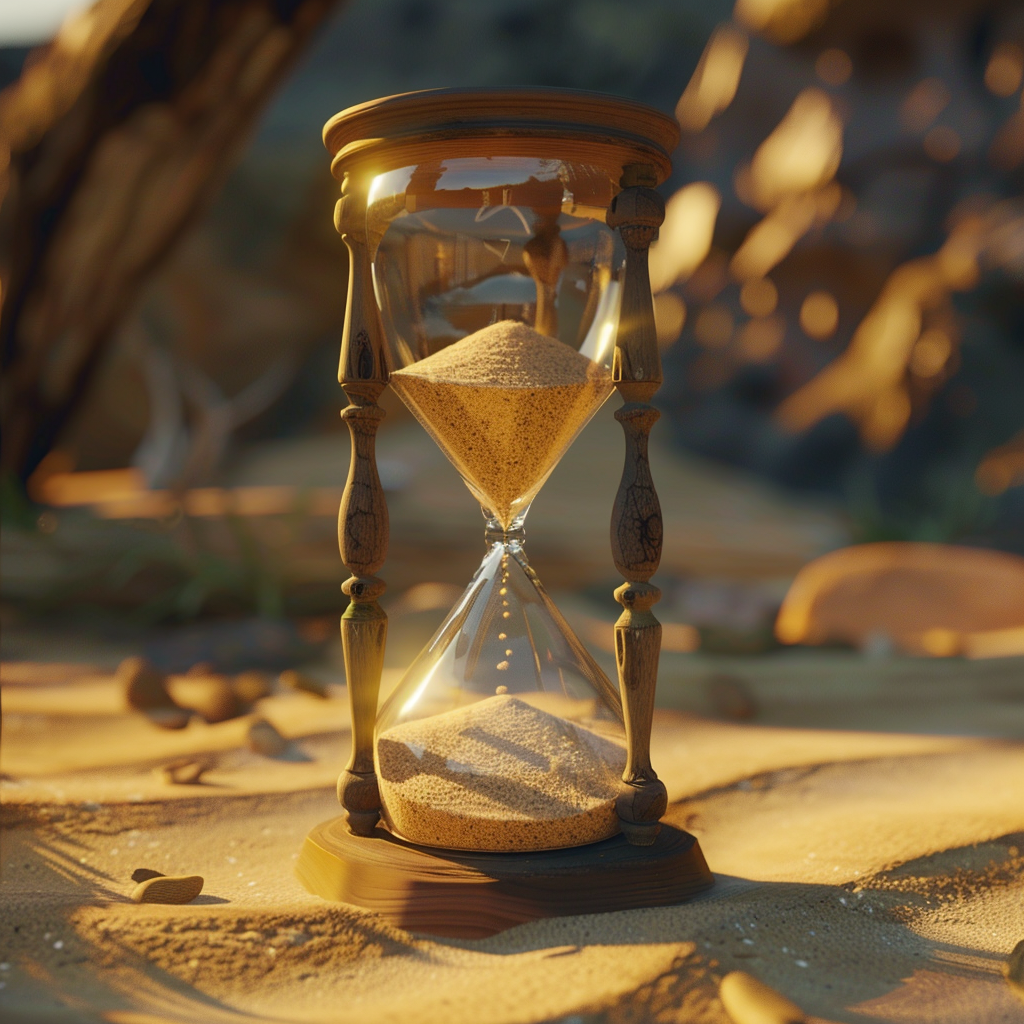- Thoughtful Threads
- Posts
- Breaking the Cycle
Breaking the Cycle
Edition 32

We often hear that history repeats itself, but this can be intimately true on a personal level, especially when it comes to our emotional and psychological health. In today’s edition, we delve into a poignant topic that affects many, yet is seldom discussed openly: unhealed trauma and its repetitive impact on our lives.
🌀 Understanding Unhealed Trauma 🌀
The saying "What remains unhealed will inevitably repeat" speaks volumes about the nature of unaddressed emotional wounds. Traumas, when left unresolved, can create patterns that recur in our behaviors, relationships, and emotional responses, perpetuating a cycle that can be challenging to break.
💡 Core Concept: Recognizing the Signs of Unhealed Trauma 💡
Identifying unhealed trauma in ourselves can be the first step toward healing. Here are some signs that might indicate the presence of unresolved issues:
Recurrent Emotional Reactions: Feelings of anxiety or sadness that surface unexpectedly in situations that seem to echo past events.
Avoidance Behaviors: Steering clear of places, people, or experiences that are reminiscent of past trauma, indicating unresolved emotions.
Repetitive Patterns in Relationships: Finding oneself in a continuous cycle of similar relationships, which often reflect unresolved feelings and behaviors from past wounds.
🚀 Engage and Reflect: Acknowledging and Healing 🚀
To transition from insight to action, I invite you to join our Healing Journey Challenge. This week, take some time each day to:
Reflect: Identify if any of the signs mentioned resonate with your experiences.
Journal: Write about moments or patterns you think might be linked to unhealed traumas.
Seek Resources: Consider speaking with a therapist or looking into mindfulness, art therapy, or support groups.
At the end of the week, review your notes and reflections. What did you discover about your emotional patterns?
Quiet Resilience- Issue #2: High School Horizons: Max’s Philosophical Compass
High school can be a crucible, and for Max, it was no less challenging than middle school had been. Entering the bustling hallways of Roosevelt High, where cliques formed like small islands in a vast ocean, Max felt the familiarity of being an outsider. Yet, he carried with him a quiet confidence, a growing sense of self molded by his readings and reflections on philosophy.
In the early weeks, while others flaunted friendships forged in earlier years, Max found his place at the back of classrooms, observing and listening. He wasn't lonely—instead, he was silently engaging with his thoughts, often reflecting on the nature of reality and our perceptions of it. These philosophical musings became his shield and his sword.
One particular challenge that Max faced was the social studies class taught by Mr. Allen, a teacher known for his rigorous expectations and sharp discussions. It was here, during a debate on justice and society, that Max first voiced his thoughts aloud, surprising his peers not just with his insight but with his courage to speak. Inspired by Aristotle’s concept of 'politeia,' or the framework of a good society, Max argued that justice isn't just about laws but about ensuring that every individual has the opportunity to thrive.
His intervention didn’t go unnoticed. A few classmates, previously indifferent, began to see him in a new light, sparking conversations that stretched beyond the classroom. Max was slowly weaving his way into the fabric of high school life, not by changing who he was, but by sharing the richness of his inner world.
Outside school, Max’s relationship with his mother grew stronger. Evenings were spent in the kitchen, where they prepared meals that were a fusion of Greek and Brazilian cuisines—a delicious metaphor for Max’s own blended identity. It was during these moments, surrounded by the aromas of cooking, that Max shared his school experiences and the philosophical lessons he applied. His mother, always supportive, encouraged him to continue using his insights to navigate the world.
As autumn turned to winter, Max faced new challenges and opportunities to apply his philosophical learnings.
For Quiet Resilience- Issue #1 Check out last weeks newsletter:
